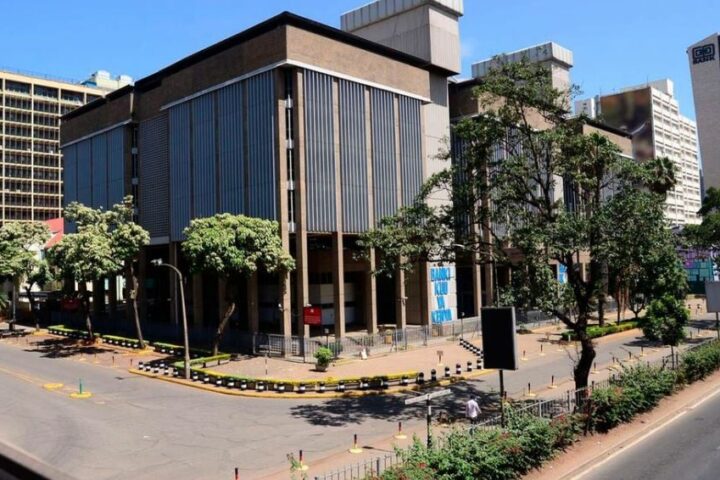
The corruption-plagued State Agency will from October of this year adopt the use of the Enterprise Resource Planning (ERP) system. The automated system will ensure orders, budgets and supply chain are easily monitored at the click of a button.
According to KEMSA CEO Ms Terry Ramadhani, the ERP system will create open, transparent and accountable systems, avoiding another ‘COVID-19 Billionaires’ corruption scandal.
The system links all other systems and departments together creating end-to-end visibility and strengthening accountability and reporting at all levels of the supply chain.
KEMSA will start piloting the ERP in October before a full rollout in December.
“The system helps in bringing visibility at all levels minimising the risks of not being able to see what the left hand is doing,” said Ms Ramadhani.
“We will never have a situation where people get local purchase orders (LPOs) by the roadside. We will be very focused on making sure the systems and processes work,” she added.
The new system is also expected to ensure seamless entry and flow of commodities as well as ensure that KEMSA does not end up with deadstock.
The ERP will also safeguard against committing to supplies that have not been budgeted for.
“Before approving an LPO, there must be a budget line and money approved so that we don’t end up in a situation where we commit our suppliers to bring in supplies that we don’t have money to pay for yet they have delivered,” the Kemsa boss said.
Ms Ramadhani also noted that since May, they have been re-engineering all manual processes leading to significant improvement in order fulfillment rate as well as reducing turnaround times.
As of July 2022, turnaround time has been reduced to less than eight days from 40 days in May 2021. The order fulfilment rate has gone up to 70 percent from 43 percent.
“It is our hope that we can get to the one-day turnaround time for critical items, five days for referral hospitals and seven days for public primary health care facilities.”








